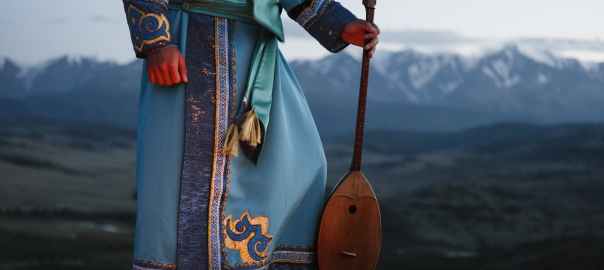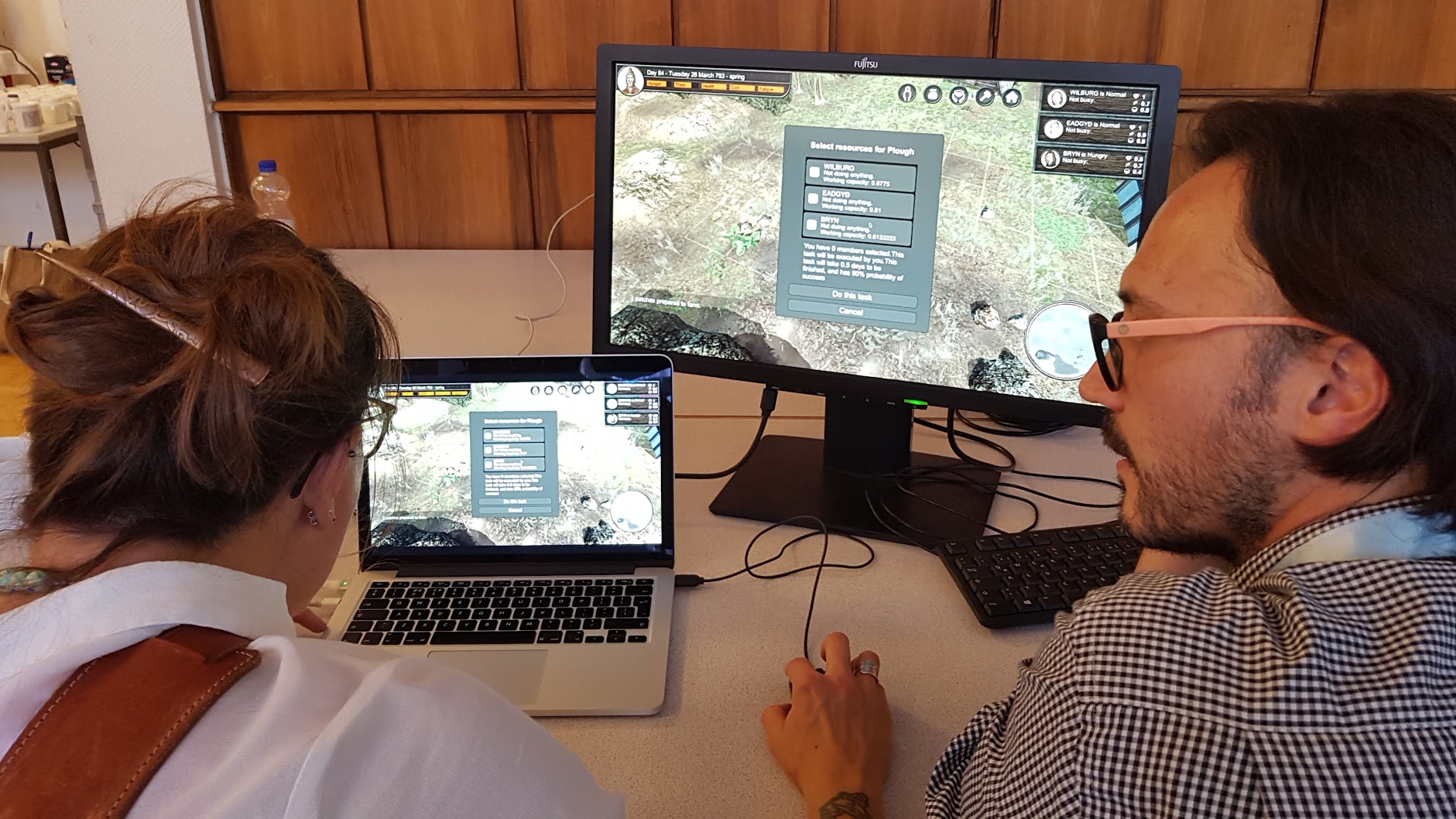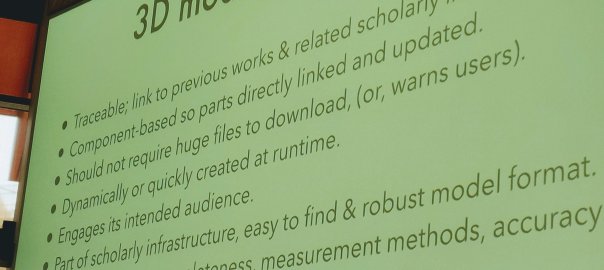If you have or know of digital games that helped in the “regeneration” of intangible heritage, as well as related organizations, projects and websites or organizations, please let me know…I have been asked to present on this topic on Monday 5 July to overseas gaming companies and academics..
Here was my initial beginning list (woefully incomplete but will soon expand):
Heritage organisations
- UNESCO Chairs … I am investigating, most lists of Chairs and Networks are a little out of date and a few seem to have changed or expanded their remit.
- Historic Urban Landscapes [UNESCO-associated]-none I know of use digital games but I think that would be useful…
- ICOMOS none I know of but it is a huge association.
- Europeana/CARARE/ARIADNE are more into digital archives/preservation?
Game organisations
- The International Game Developers Association (IGDA) Serious Games SIG http://www.digra.org/the-association/
- Games For Change (https://www.gamesforchange.org/ Board)
- Digital Games Research Association – DiGRA http://www.digra.org/the-association/chapters/united-kingdom-digra-chapter/
- VSMM http://vsmm.org/ (website has problems, I think I am still on the board of directors and I am not sure what the current status is)
- Serious Games for Cultural Heritage: the GaLA Activities appears to be finished..
Universities Research or Courses
- Skövde seems to be entering this area, Masters degree: Digital Narration: Game and Cultural Heritage https://www.his.se/en/education/game-development/digital-narration-game-and-cultural-heritage-masters-programme-digba/ Academic: https://www.his.se/en/about-us/staff/lissa.hollowayattaway/
- Genoa https://elios.diten.unige.it/members/
- Ball State University IDIA Lab https://idialab.org/services/
- University of York https://idialab.org/services/
- I am not sure they research games but they have employed an RA from this area https://www.qeh.ox.ac.uk/content/oxford-digital-diplomacy-research-group
- Glasgow School of Art MSc Serious Games and Virtual Reality https://www.gsa.ac.uk/study/graduate-degrees/serious-games-and-virtual-reality/
Games
I am going to include Never Alone. There are at least 6-12 in my head that I need to review to see if they really were “regenerating” intangible heritage..







